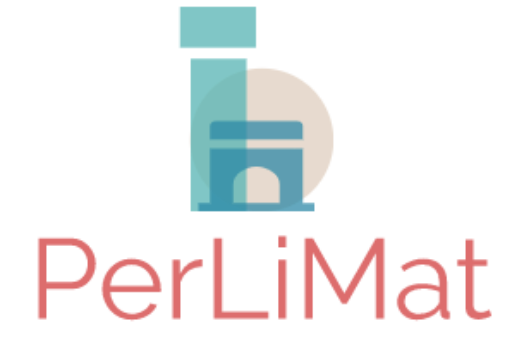Intervention materials (mortars, grouts) for the restoration of historic masonry are designed based on the individual characteristics and properties of the original mortars, and the requirements of the restoration work. For mortars, their type (building, coatings, substrates), the mortar system (mainly based on the lime / natural pozzolan system), the origin and particle size of the aggregates, the mortar/aggregate ratio, etc. are taken into account. In grouts, it is followed also the mortar system of historical mortars.
With regard to the raw materials used in the intervention materials, problems are often observed in relation to their characteristics and suitability, as there are no relevant specifications and criteria for their certification. At the same time, there is an abundance of ready-made intervention materials (mortars, grouts) on the market, which, while significantly facilitating the process of their selection and application, present problems in relation to their effectiveness (compatibility, durability).
In the context of the sustainability of constructions, the over-consumption of natural resources and the utilization of secondary materials, the utilization of industrial by-products in structural applications has been intensified internationally. At the same time, the growing awareness of society regarding the protection of cultural heritage, as well as the need to protect the environment, pushes for strategies combining restoration principles with environmentally friendly materials and techniques. As the restoration of monuments and historic buildings is an important area of raw materials and natural resource management, the application of low-cost materials and environmental footprint is considered imperative.
During the last decade, research into structural applications of perlite has intensified internationally, which has significantly increased its production. Greece is internationally one of the main producing countries, while the cooperating organization PERLIT has the largest perlite processing unit at national level. During the industrial processing of perlite, a significant percentage of secondary products (~10%) results, which are currently deposited in the environment, with adverse consequences. According to previous research, the perlite treatment products of the PERLIT company show strong hydraulics and can be used as an alternative pozzolanic mortar in mixed systems of historic masonry restoration materials, with improved final properties.
Intervention materials (mortars, grouts) for the restoration of historic masonry are designed based on the individual characteristics and properties of the original mortars, and the requirements of the restoration work. For mortars, their type (building, coatings, substrates), the mortar system (mainly based on the lime / natural pozzolan system), the origin and particle size of the aggregates, the mortar/aggregate ratio, etc. are taken into account. In grouts, it is followed also the mortar system of historical mortars.
With regard to the raw materials used in the intervention materials, problems are often observed in relation to their characteristics and suitability, as there are no relevant specifications and criteria for their certification. At the same time, there is an abundance of ready-made intervention materials (mortars, grouts) on the market, which, while significantly facilitating the process of their selection and application, present problems in relation to their effectiveness (compatibility, durability).
In the context of the sustainability of constructions, the over-consumption of natural resources and the utilization of secondary materials, the utilization of industrial by-products in structural applications has been intensified internationally. At the same time, the growing awareness of society regarding the protection of cultural heritage, as well as the need to protect the environment, pushes for strategies combining restoration principles with environmentally friendly materials and techniques. As the restoration of monuments and historic buildings is an important area of raw materials and natural resource management, the application of low-cost materials and environmental footprint is considered imperative.
During the last decade, research into structural applications of perlite has intensified internationally, which has significantly increased its production. Greece is internationally one of the main producing countries, while the cooperating organization PERLIT has the largest perlite processing unit at national level. During the industrial processing of perlite, a significant percentage of secondary products (~10%) results, which are currently deposited in the environment, with adverse consequences. According to previous research, the perlite treatment products of the PERLIT company show strong hydraulics and can be used as an alternative pozzolanic mortar in mixed systems of historic masonry restoration materials, with improved final properties.
UTILIZATION OF PERLITE INDUSTRY BY-PRODUCTS FOR THE PRODUCTION OF READY TO MIX , ADDED -VALUE MATERIALS USED FOR RESTORATION Entrepreneurship and Innovation, under the call RESEARCH – CREATE – INNOVATE, 2014-2020
FINANCING:
Entrepreneurship and Innovation, under the call RESEARCH – CREATE – INNOVATE (project code;Τ2ΕΔΚ-01105)”
ΕΣΠΑ 2014-2020
The project falls under the Unified Action of State Aid for Research, Technological Development & Innovation "RESEARCH - CREATE - INNOVATE" of the OP. "Competitiveness, Entrepreneurship and Innovation ", ΕΣΠΑ 2014 - 2020. The targeting of the Action is part of the investment priorities of the European Regional Development Fund
End of the Project:
16/12/2023

